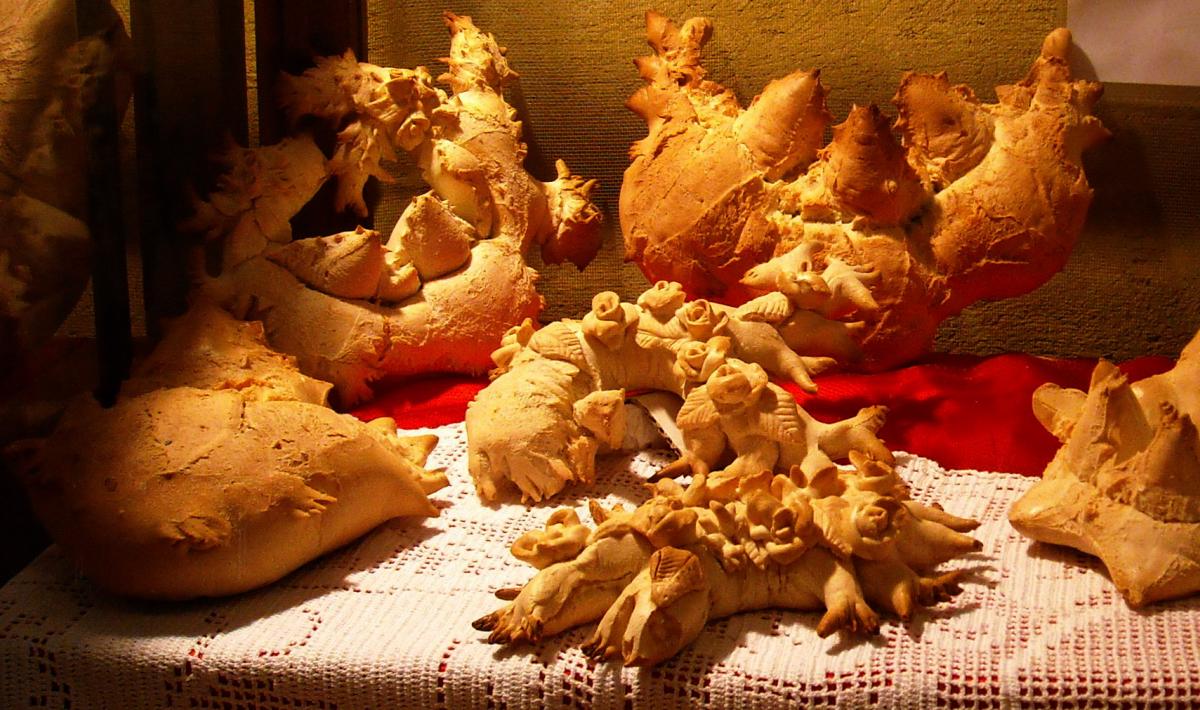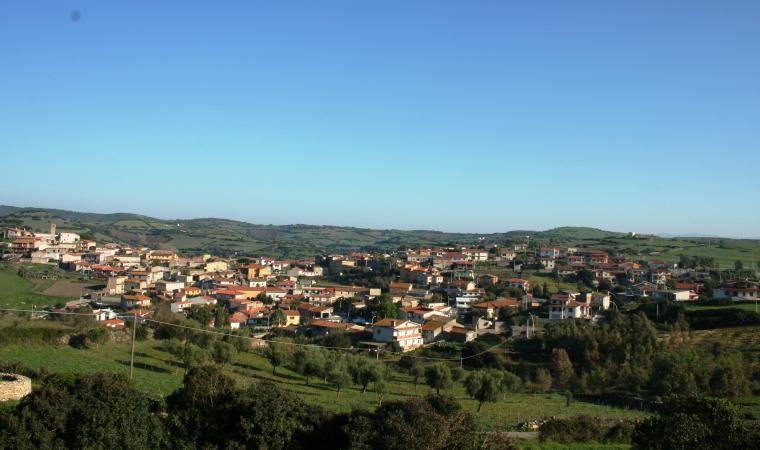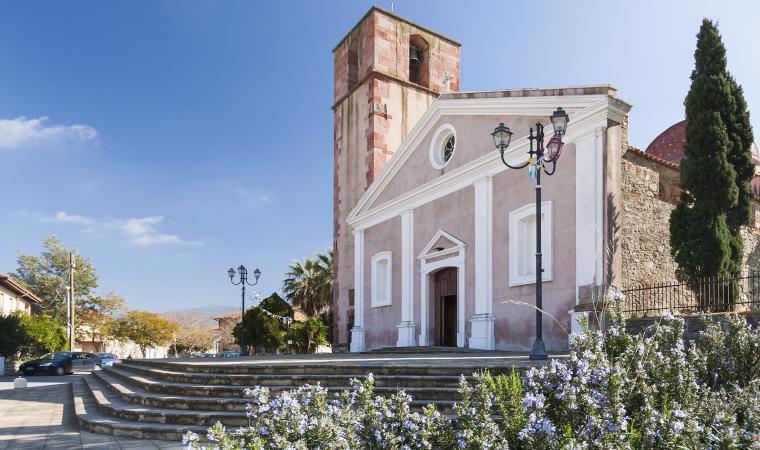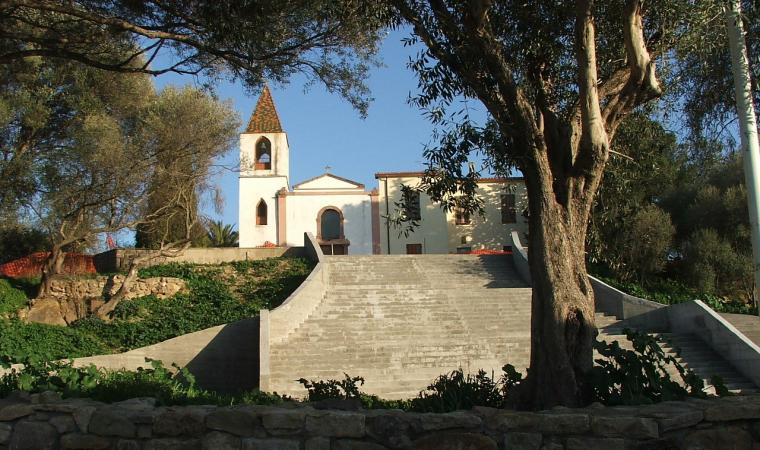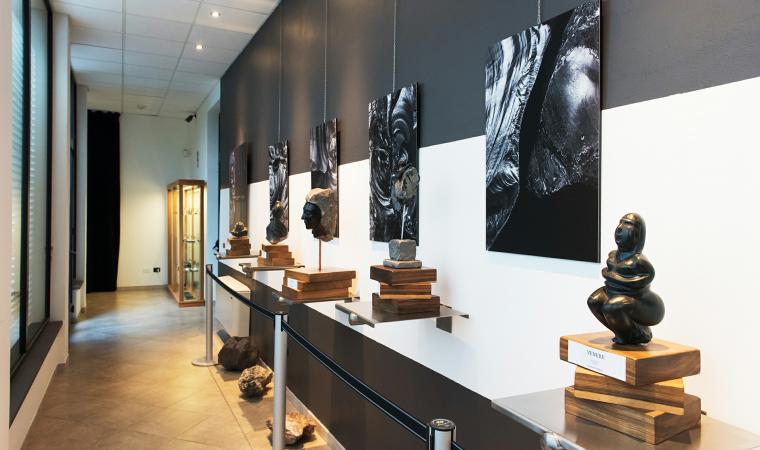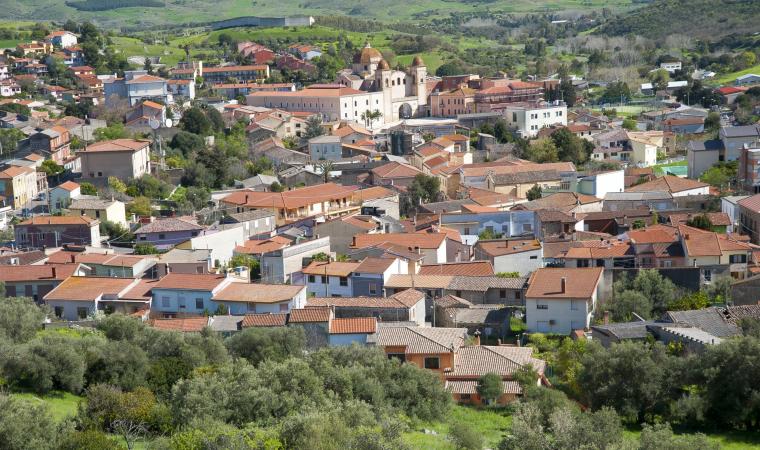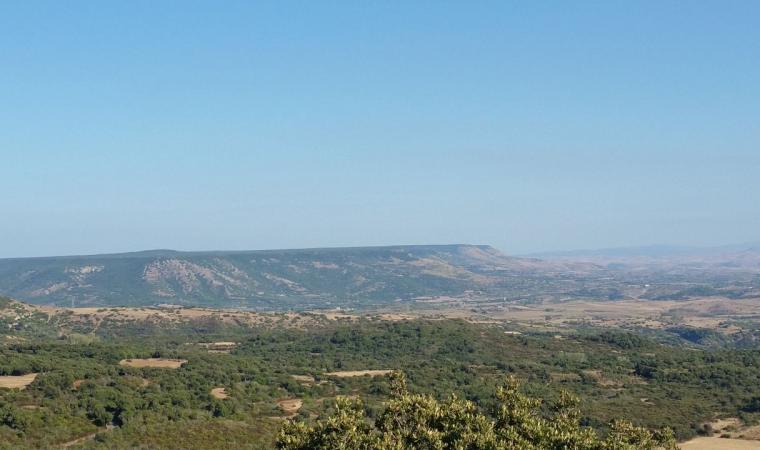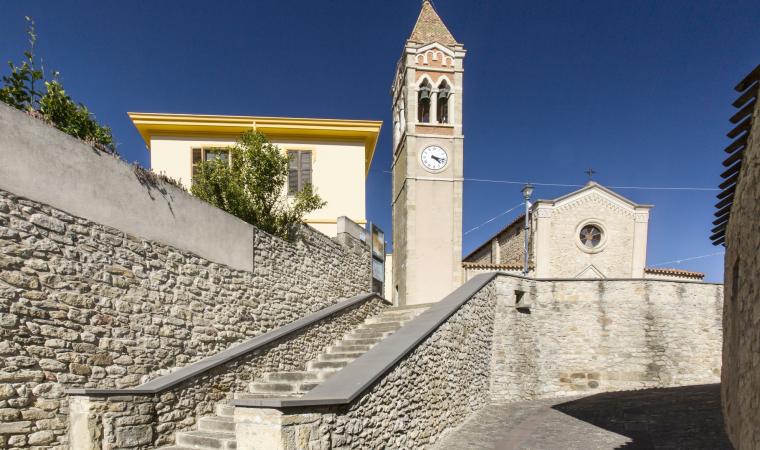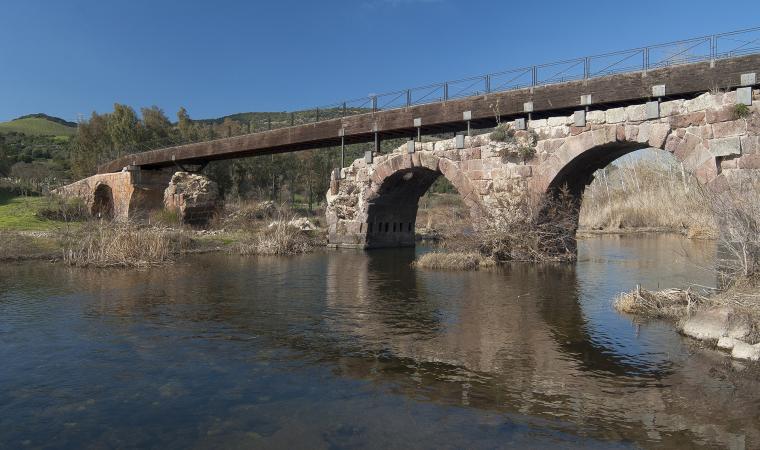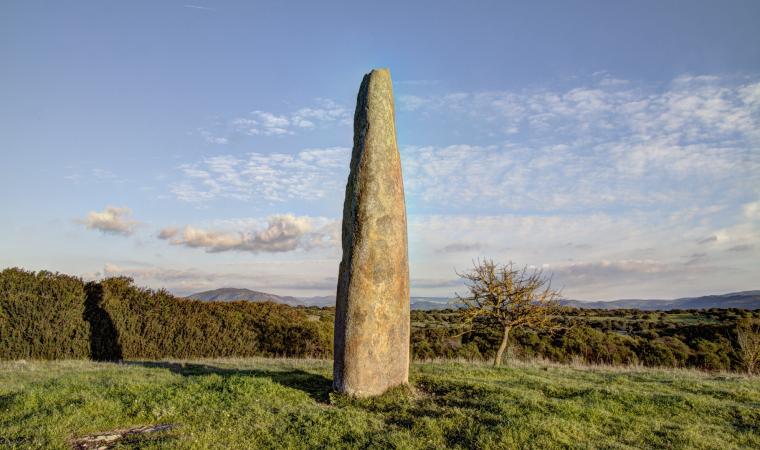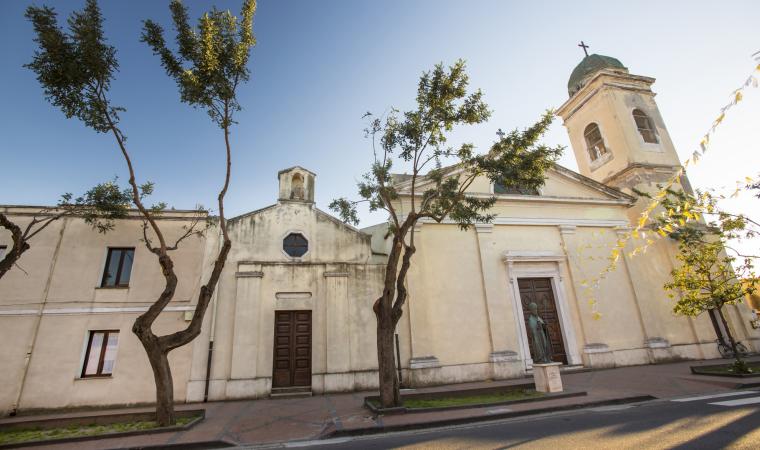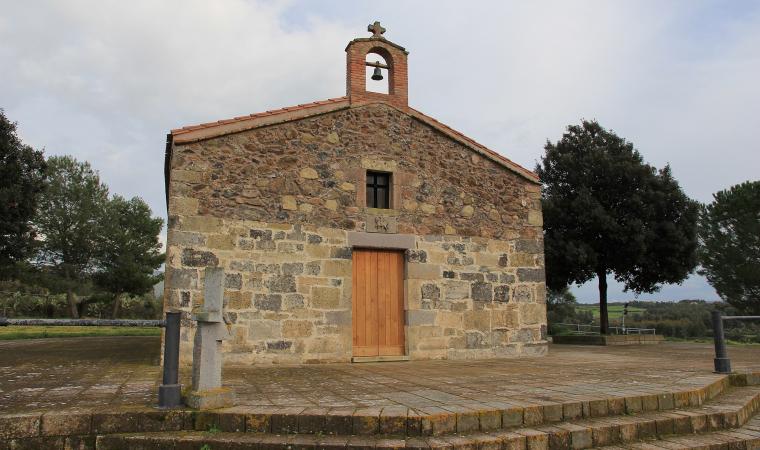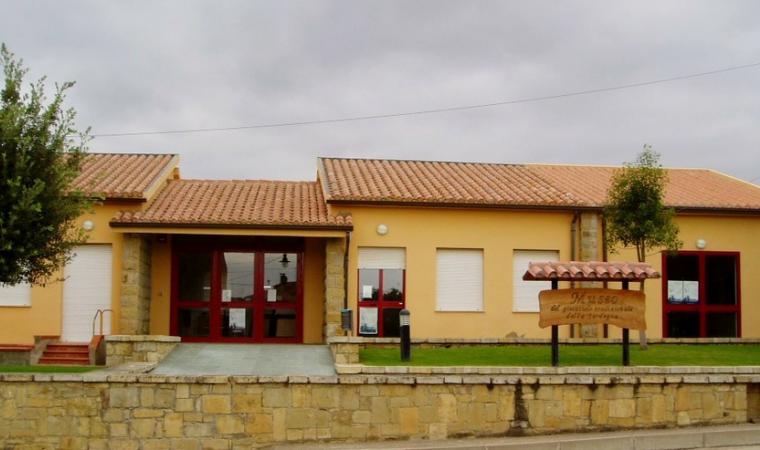Rising in the valley between the Monte Arci and Monte Grighine, Villaurbana is cultivated with wheat, olive groves and vineyards. Long inhabited, the town of Roman origins today has 1,700 inhabitants, living on the border of the upper Campidano with the Marmilla. The name comes from villa urbis, the 'village of the city', being the ancient Romanised city of Othoca. Villaurbana was a farm that supplied agricultural products to the 'city of ponds' or perhaps was a holiday residence for the inhabitants of Forum Traiani, who took refuge in these cool and healthy hills during the summer. The remains of a passing road heading to Uselis suggest it was used as a resort. At the heart of the current town, arising in the second half of the 12th century and comprised of Campidanese houses with artistic portals, stands the parish church of Santa Margherita, built in Baroque form in 1717 on the site of a building from the mid-15th century, of which remains the baptismal font. The patron saint is celebrated at the end of July.
The town is nourished by a waterway which was and remains the main resource for pastoralism and agriculture. Along its pathway, the river takes on the names of the areas it crosses: Rio Crannaxiu, de su Perdiaxiu, Bau su Ponti, Pirastera, Argiolas, Bau s’Arradebi and Terriasibi. The fertile land produces excellent wines, olive oil and especially wheat which is transformed into homemade bread, hence why Villaurbana is famous for and part of the national network of the 'cities of bread'. The 'daily' breads are famous, made of hard (prezzida and tureddu) and soft (moddixina and lada) flour, and in ornate and ceremonial forms. One opportunity to taste these delights is at the dedicated food fair, the Sagra de Su Pani Fattu in Domu, at the end of October. The market-exhibition with tasting workshops takes place in an old manor house that, throughout the year, hosts the exhibition of the Casa-museo del Pane, where the processes for industry, home bakery, furniture and work objects can be seen. The food festival also includes an exhibition of fine local craftsmanship, especially woven baskets.
The village is surrounded by the nature of Monte Arci park, characterised by ancient oaks and holm oaks, springs of pure water and populations of game. The volcanic mountain was the protagonist of Sardinian prehistory (from the 6th millennium BC) thanks to obsidian, the 'black gold' of the Neolithic period. Highly recommended is an excursion to the s'Utturu de su Cadru springs, in a dense wood of holm oaks, and to Grighine, one of the highest mountains of Oristano, which rises suddenly in sharp contrast with the surrounding fields and pastures. The mountain is comprised of schist rocks dating back to around 500 million years ago, perhaps the oldest in Sardinia. The territory was densely inhabited in the Nuragic period. Throughout the territory there are about 40 Nuraghe structures, including Bau Menda, Bidella, Cabras Crannaxiu, Porcilis and Turriu in a good state of preservation, and some Tombs of Giants that can be visited within picturesque landscapes.

